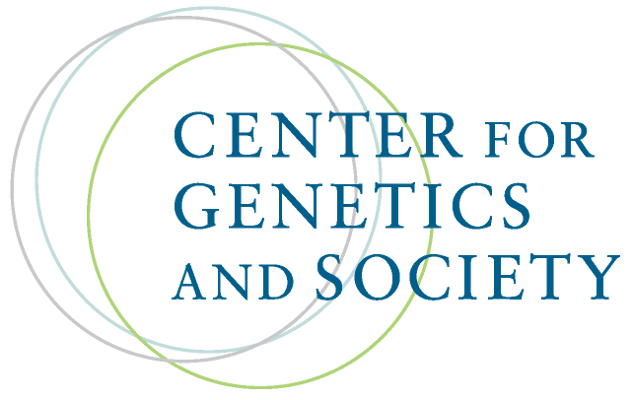Christine Jessop’s killer identified: Solved cold case raises questions about genetic privacy
By Julia Creet,
The Conversation
| 10. 22. 2020
On Oct. 15, Toronto police announced that they had finally solved the 1984 murder of Christine Jessop using DNA evidence and genetic genealogy websites. Identifying Calvin Hoover as Jessop’s killer has provided immense relief to the family and those close to the case, and in particular to Guy Paul Morin, who was wrongfully convicted and later exonerated after serving 18 months in prison.
The announcement highlights a conundrum: at risk is the genetic privacy of everyone who has uploaded — and, mostly, not uploaded — a DNA sample to a commercial genealogy site.
Genealogists never anticipated that their benign but passionate interest in tracking relations through records and DNA would ever lead to law enforcement’s most potent cold case tool kit. In 2018, public awareness of law enforcement’s mining of genetic genealogy came to light with the 2018 identification of the Golden State Killer. The identification of Joseph James DeAngelo relied on freely uploaded DNA results alongside painstaking genealogical research.
Data industry
Since then, law enforcement’s mining of genealogical data has become an industry in itself, with hundreds...
Related Articles
By Josie Ensor, The Times | 12.09.2025
A fertility start-up that promises to screen embryos to give would-be parents their “best baby” has come under fire for a “misuse of science”.
Nucleus Genomics describes its mission as “IVF for genetic optimisation”, offering advanced embryo testing that allows...
By Hannah Devlin, The Guardian | 12.06.2025
Couples undergoing IVF in the UK are exploiting an apparent legal loophole to rank their embryos based on genetic predictions of IQ, height and health, the Guardian has learned.
The controversial screening technique, which scores embryos based on their DNA...
By Frankie Fattorini, Pharmaceutical Technology | 12.02.2025
Próspera, a charter city on Roatán island in Honduras, hosts two biotechs working to combat ageing through gene therapy, as the organisation behind the city advertises its “flexible” regulatory jurisdiction to attract more developers.
In 2021, Minicircle set up a...
By Vardit Ravitsky, The Hastings Center | 12.04.2025
Embryo testing is advancing fast—but how far is too far? How and where do we draw the line between preventing disease and selecting for “desirable” traits? What are the ethical implications for parents, children, clinicians, and society at large? These...



